The rate of new HIV infections in Kenya has risen steadily over the past decade, more dramatically than in other nations in sub-Saharan Africa, according to a new report.
A report published today in The Lancet HIV says between 2005 and 2015, the number of new HIV cases grew by an average of 7.1% per year in Kenya, one of the highest increases in the world, while they decreased in Rwanda, Somalia, and Uganda.
Kenya is also one of a small set of countries where HIV prevalence was more than 2.5% of the population in 2015. At the same time, Kenya’s ART coverage is 39%, below the regional average of 43%.
Despite this combination of high rates of new infections and the rise of people living with HIV in Kenya, the number of Kenyans dying from the disease has been cut in half from 120,670 in 2005 to 51,700 in 2015.
“There is need for a more proactive approach in countering new HIV infections in Kenya,” said Dr Tom Achoki, a Clinical Assistant Professor and Senior Engagement Officer at the Institute for Heath Metrics and Evaluation. “Voluntary testing and treatment is key to avoid further spread of the virus especially for expectant mothers who need to be sensitized on the importance of delivering in hospital where care givers can help prevent mother to child transmission during birth through administration of ARVs.”
More than 1.8 million Kenyans were living with HIV in 2015, and 39% were receiving antiretroviral therapy (ART) drugs to slow the disease’s progression according to a study from the Global Burden of Disease collaborative network, published today in The Lancet HIV.
AIDS deaths are falling in most countries worldwide, but the rate of new infections increased in several countries over the past decade, threatening to undermine efforts to end the AIDS epidemic by 2030, a new scientific paper shows.
The study from the Global Burden of Disease collaborative network, found that 74 countries saw increases in age-standardized rates of new infections between 2005 and 2015, including Kenya, Egypt, Pakistan, the Philippines, Cambodia, Mexico, and Russia.
The new research, released at the International AIDS Conference in Durban, South Africa, also found that while the global number of new cases continues to decline, the pace has greatly slowed. New infections of HIV fell by an average of only 0.7% per year between 2005 and 2015, compared to the 2.7% drop per year between 1997 and 2005.
The study is based on findings from the Global Burden of Diseases, Injuries, and Risk Factors Study (GBD) coordinated by the Institute for Health Metrics and Evaluation (IHME) at the University of Washington in Seattle.
In 2015, 41% of the people living with HIV were using ART, as compared to less than 2% in 2000.

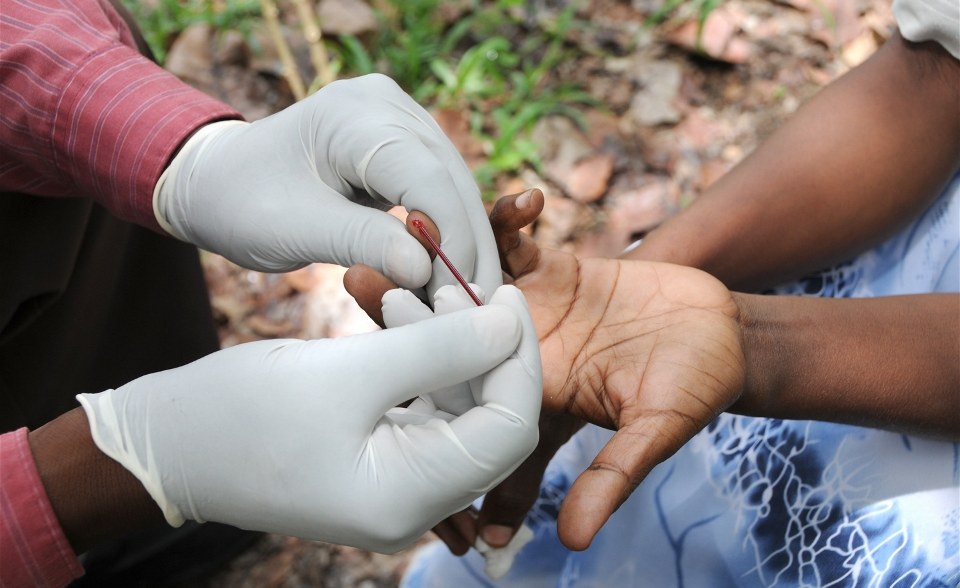




















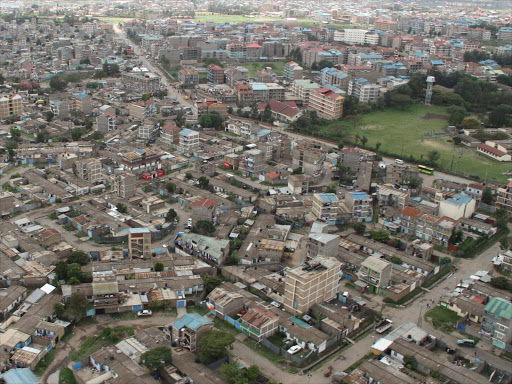



























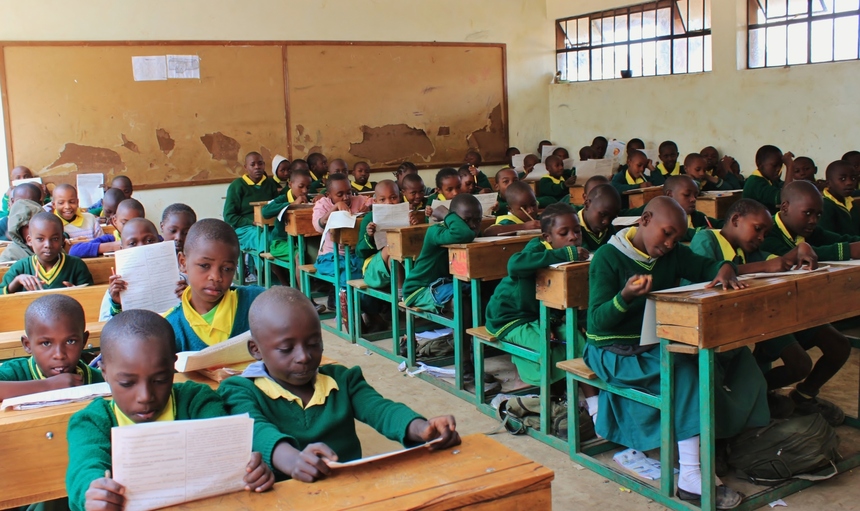
![Pula Co-Founders and Co-CEOs, Rose Goslinga & Thomas Njeru. Pula provides agricultural insurance and digital products to help smallholder farmers manage climate risks, improve farming practices and increase their incomes. [ Photo / Courtesy ]](https://businesstoday.co.ke/wp-content/uploads/2021/01/Pula-Co-Founders-and-Co-CEOs-Thomas-Njeru-Rose-Goslinga.jpg)








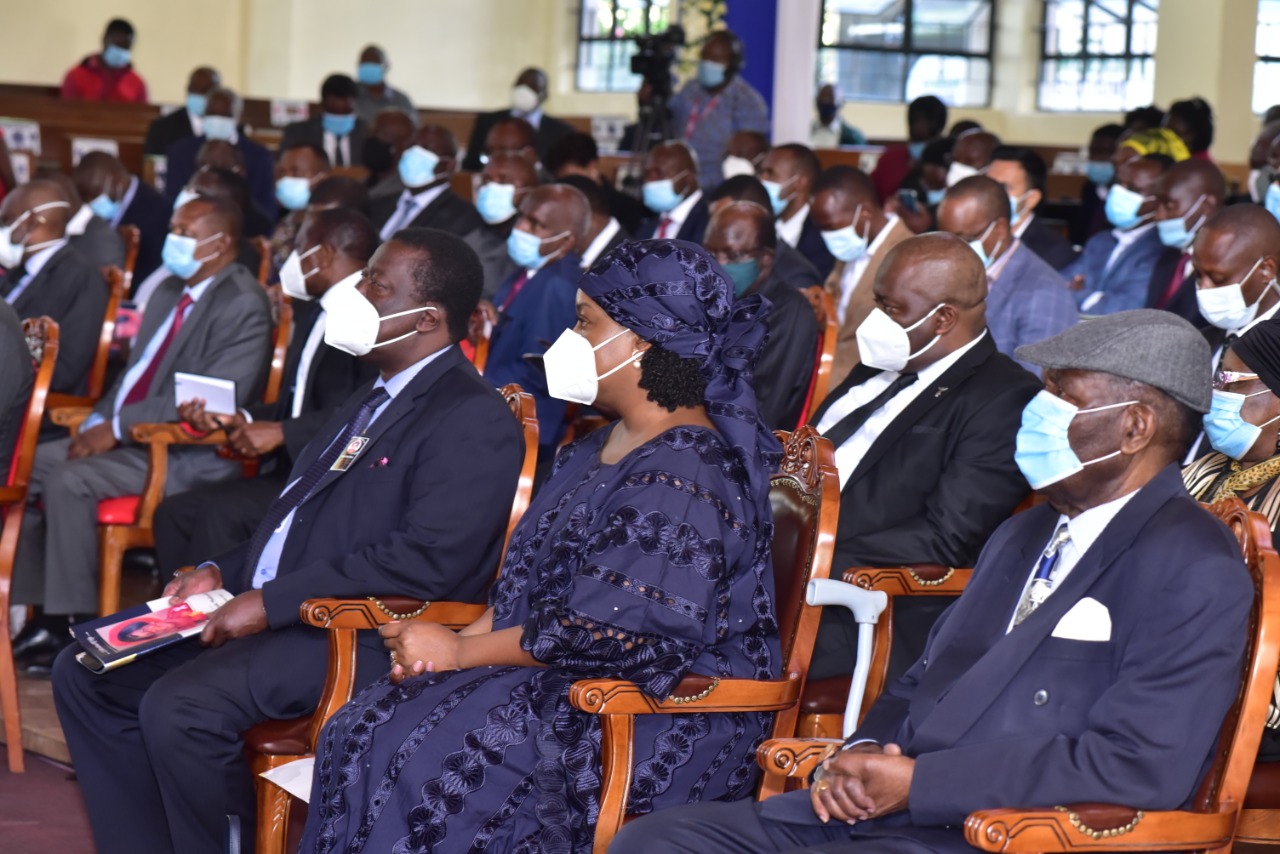





















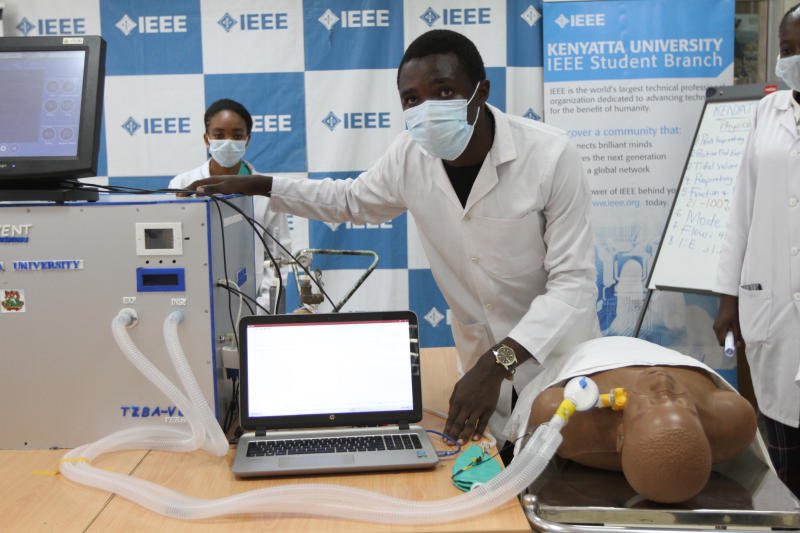





























Leave a comment